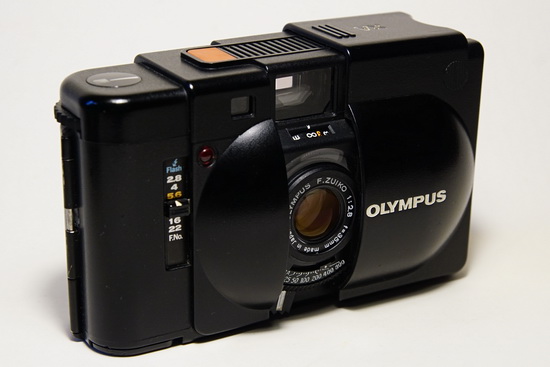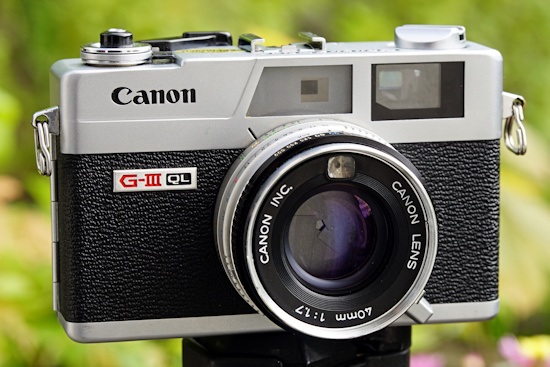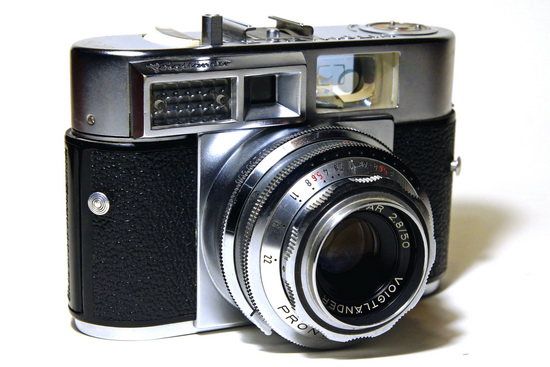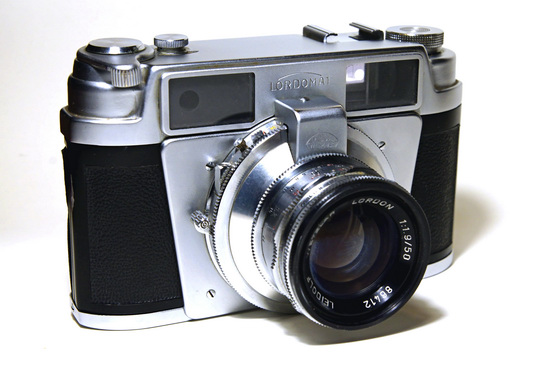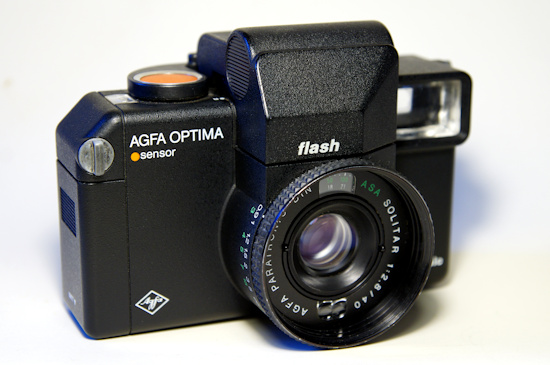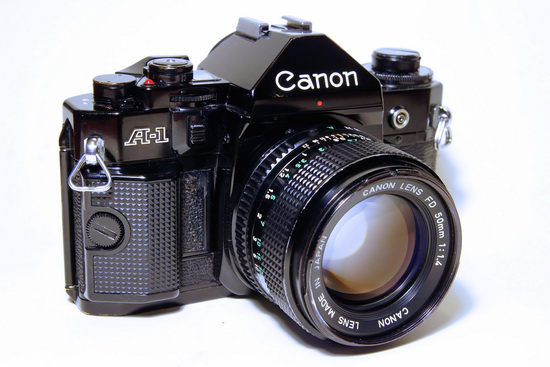Analog Tales 7: The Olympus XA
I was not really planning on getting another analog camera after the Canonet last summer, but I had my eye on an Olympus XA for a long time and when I had the opportunity to get one I took it. I had tried out the Minox 35 as a pocket-sized 35mm camera but was not entirely satisfied because it lacks a rangefinder and the batteries are difficult to get. The original Olympus XA has a rangefinder, a larger viewfinder, a 35mm f/2.8 lens and a reputation as one of the best small 35mm cameras of the late 1970s.
I was finally able to acquire one shortly before Christmas 2024 but had not able to test it out before I went to Berlin for the Christmas holidays – so the first light for the Olympus XA had to be in Kreuzberg. The results turned out to be amazing, even on the low-budget Kentmere Pan 400 the photos were amazingly sharp and comparable with the Canonet and even the Canon A-1. This is one camera that I will always keep loaded with film stashed in my backpack together with my small digital bridge camera. With film and battery it weighs only 250g and it literally fits into a jacket pocket!
Comments off



